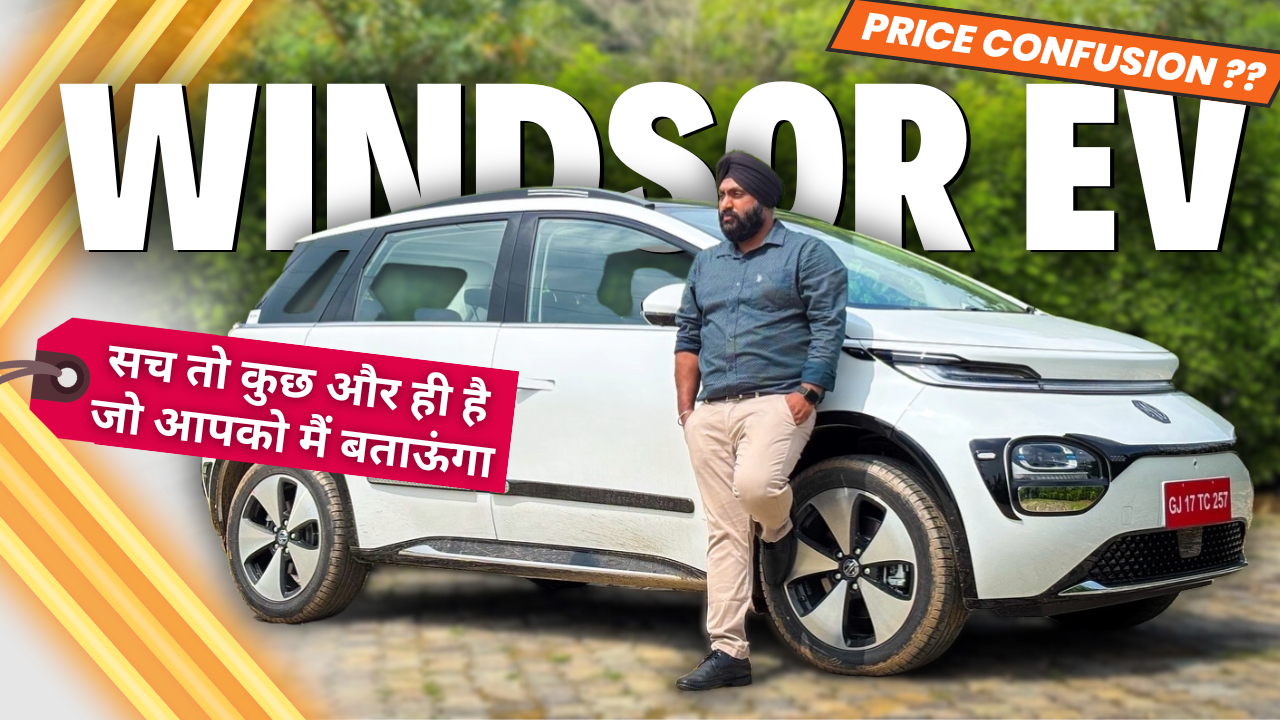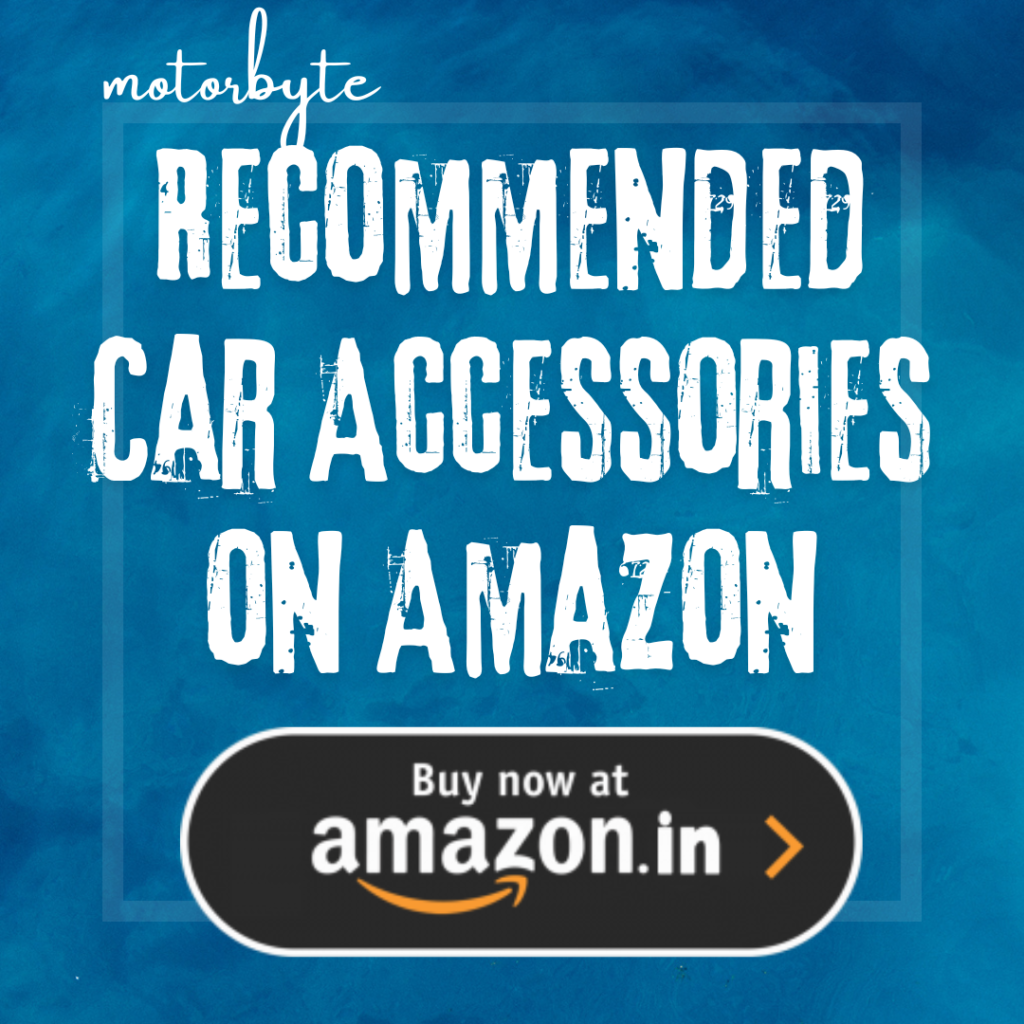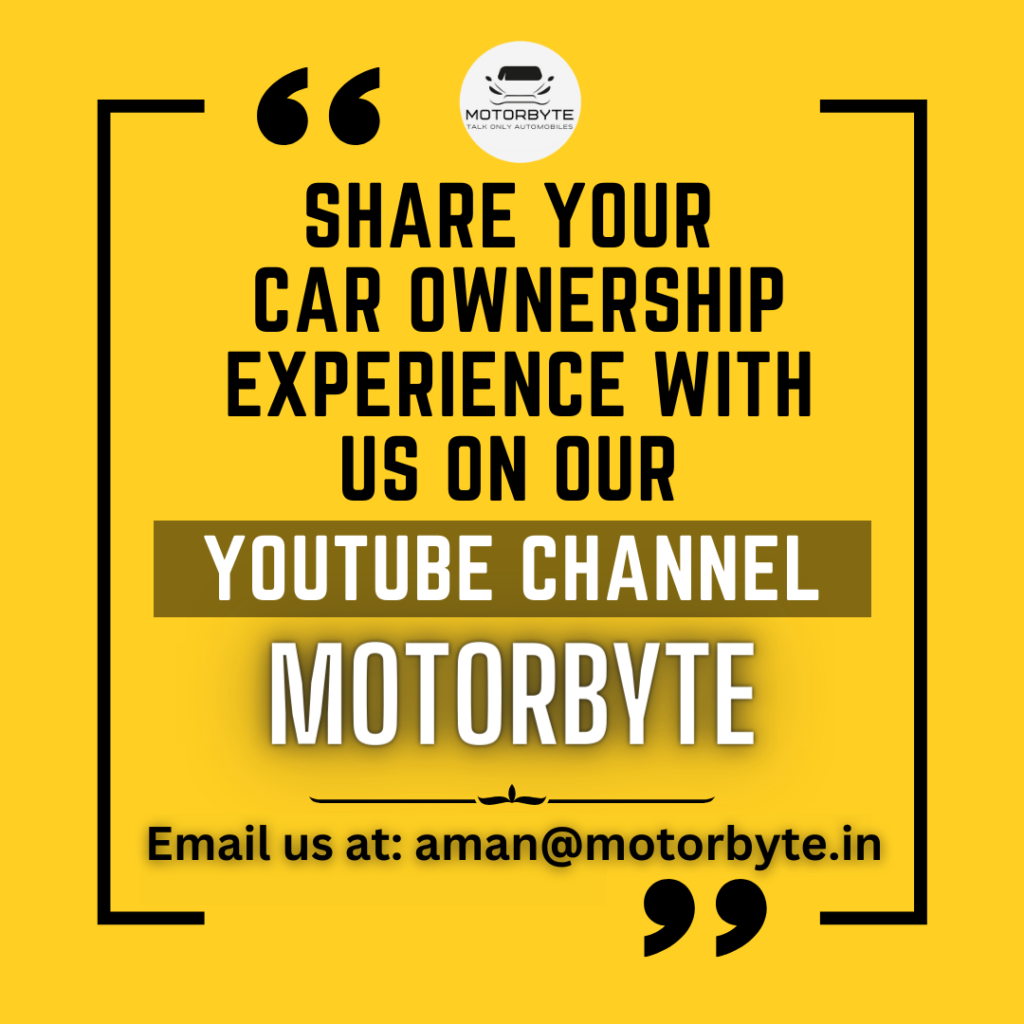You must have seen in the title, the car we’re driving today. Yes, it’s the newly launched MG Windsor EV, an EV from MG. We’ve been driving this car all day across NCR, and MG has named it the “Intelligent CV.” It blends the comfort of a sedan with the stance of an SUV. You sit in a commanding position, much like an SUV, and the seats are incredibly comfortable.
There are many “first-in-the-market” features in this vehicle. When we first covered its launch, we did a detailed walkaround, which you can still check out on our channel. But today, we’ll dive deeper and talk about the actual drive experience, comfort, and whether this car justifies its price. We’ll also discuss the cost of ownership, driving modes, infotainment system, rear seats, and more.
Infotainment & Interior: You get a massive 15-inch infotainment system that controls 80% of the car’s functions. It’s a tech-heavy car, but we’ll weigh the pros and cons of this setup. The leather-wrapped steering feels great with a minimalistic design, and there’s also a small MI screen for basic features like TPMS, battery levels, and driving modes.
Transmission & Space: Instead of a traditional gear console, you have a minimalistic mode selector (R, N, D) and a parking button (P). This space-saving design allows for extra storage, including three big cup holders and wireless charging.
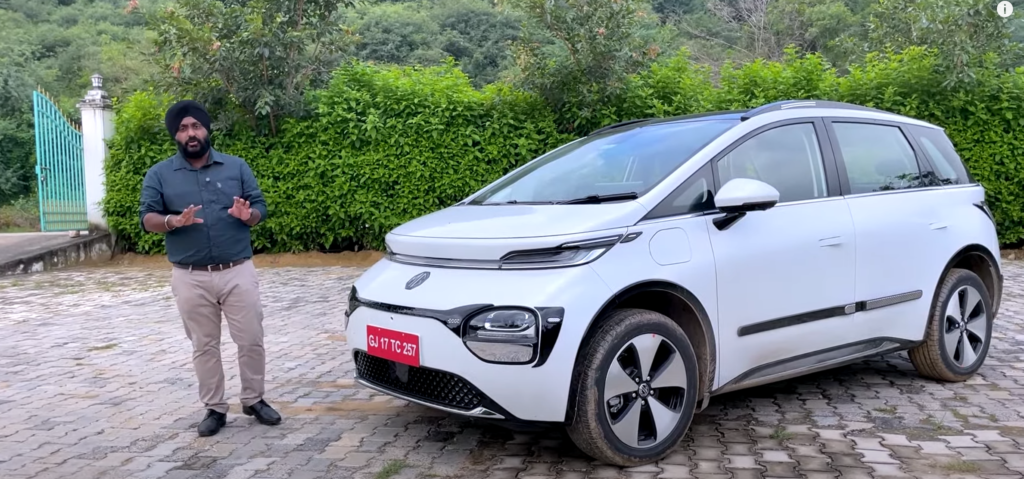
Now let’s dive into the big question—Is the MG Windsor EV worth its price?
Running Cost & Savings Over ICE Vehicles:
Let’s break down the running cost for those wondering how much this EV will save you compared to a petrol car:
- Example: If your monthly driving is 1000 km, a petrol mid-segment SUV costs around ₹8-10 per km. That means you’re spending around ₹10,000 on fuel each month.
- MG Windsor EV Running Cost:
- MG offers a subscription charge of ₹3.50/km. So for 1000 km, you’ll pay ₹3,500 in subscription fees.There’s an additional ₹1/km charging cost that MG collects, which amounts to ₹1,000 for 1000 km.The electricity cost per unit is ₹5. The MG Windsor EV has a 38 kWh battery, and let’s assume you charge it four times a month for a 250-260 km range per charge:
- 38 kWh * 4 charges = 152 kWh152 kWh * ₹5/unit = ₹760 in electricity cost.
- BAAS Subscription: ₹3,500 (Rs. 3.5 X 1000 km)Additional MG charging cost: ₹1,000Charging electricity cost: ₹760
- MG offers a subscription charge of ₹3.50/km. So for 1000 km, you’ll pay ₹3,500 in subscription fees.There’s an additional ₹1/km charging cost that MG collects, which amounts to ₹1,000 for 1000 km.The electricity cost per unit is ₹5. The MG Windsor EV has a 38 kWh battery, and let’s assume you charge it four times a month for a 250-260 km range per charge:
- Monthly Savings:
- Petrol car cost: ₹10,000 MG Windsor EV cost: ₹5,260
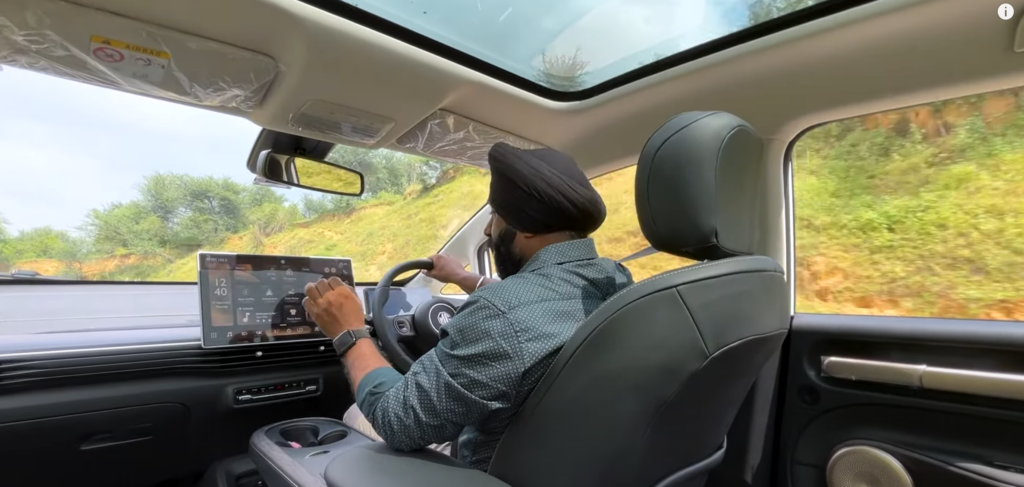
If your driving increases, the savings will scale up accordingly. For example, if you drive 2000 km a month, the cost for the MG Windsor EV would be approximately ₹10,520, compared to ₹20,000 for a petrol SUV, saving you around ₹9,480.e approximately ₹10,520, compared to ₹20,000 for a petrol SUV, saving you around ₹9,480.ol SUV.
MG is also offering free public charging for the first year through their E Hub by MG app, so if you charge publicly, you’ll save even more in the first year.
Ownership vs Subscription: If you don’t like the subscription model, MG will soon announce an option to own the car outright. In a day or two, the exact pricing for full ownership should be out.
Battery-As-A-Service (BAAS) Model:
MG has cleverly split the car into two parts: the vehicle shell and the battery, treated as fuel or energy. This way, you pay for the car upfront, and the battery on a pay-per-use basis via subscription. This helps lower the upfront cost of the car and reduces the financial burden on the buyer.
For those concerned about not driving much, this model ensures that you don’t pay for the battery outright if you have low usage. If your monthly running is minimal, you’re essentially buying a premium car for ₹10 lakh and then paying for the energy you use, which makes it cost-efficient in the long run.
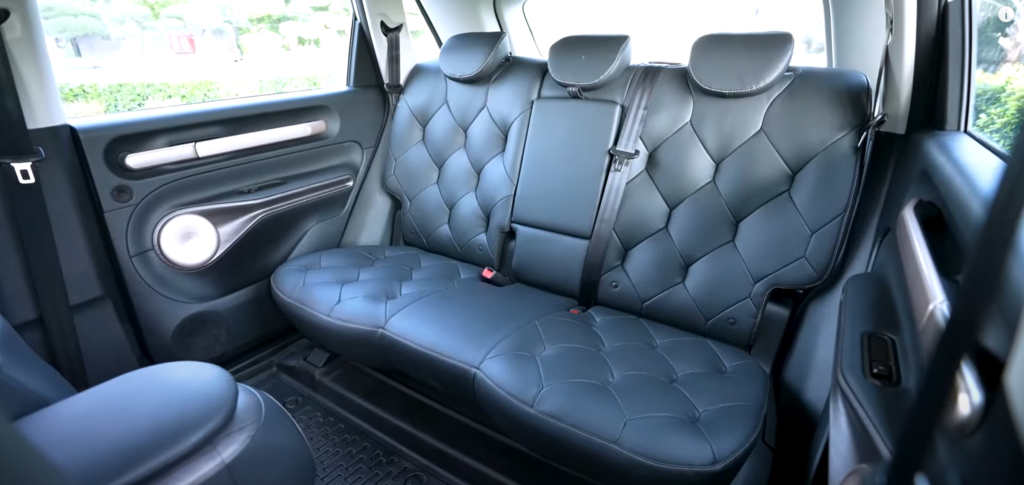
That’s a wrap for our review today. We’ve shown you the drive experience, comfort, and how much you can save compared to a traditional ICE vehicle. Whether you’re looking for comfort, savings, or advanced tech, the MG Windsor EV checks a lot of boxes.
If you enjoyed this video and found the information useful, don’t forget to like, share, and subscribe to MOTORBYTE for more automotive content. See you in the next one!
